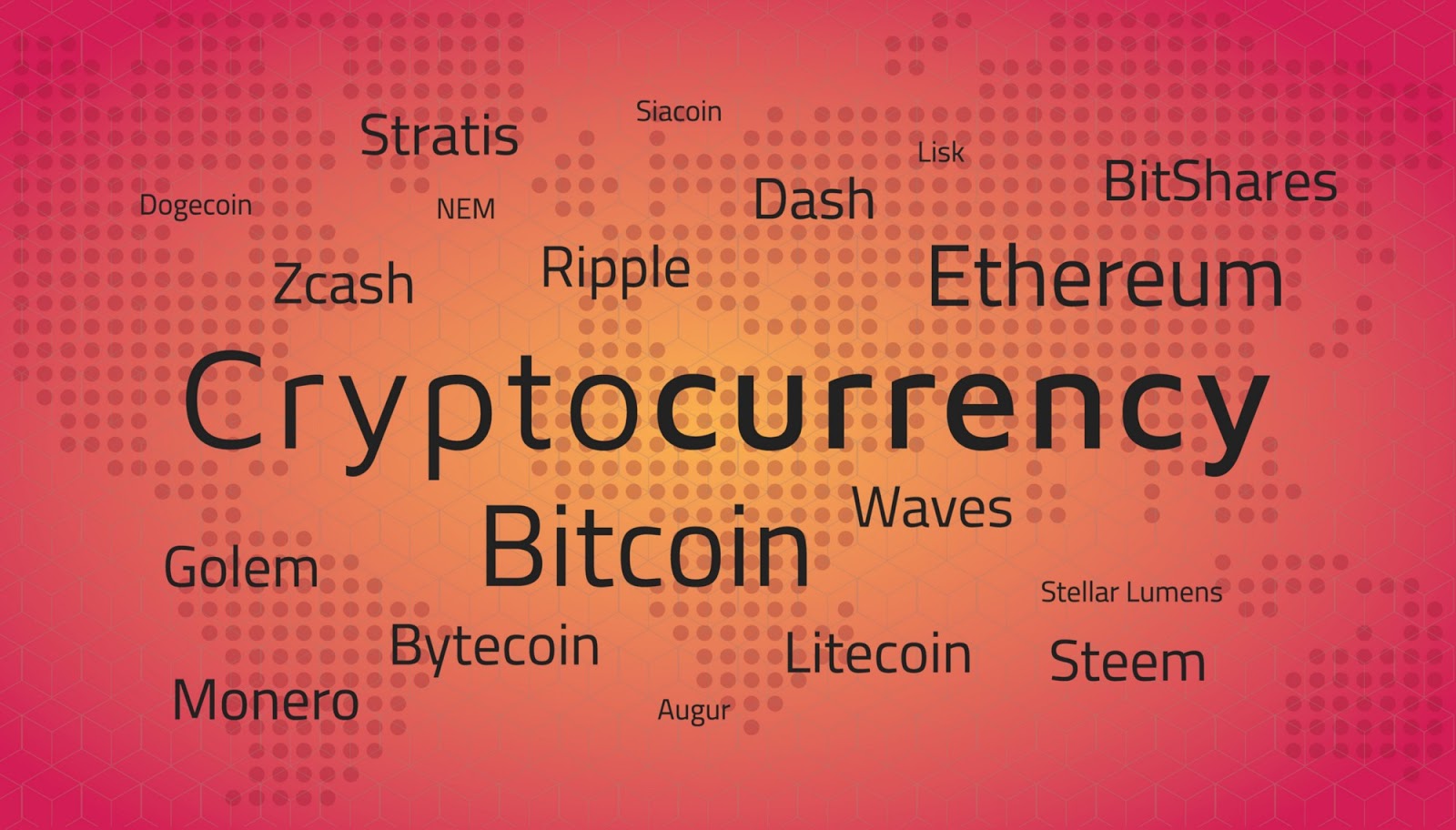- All i need to know about cryptocurrency
- All you need to know about cryptocurrency
- All about cryptocurrency for beginners
All about cryptocurrency
By accessing this Site, you acknowledge that you understand these risks and that Finbold bears no responsibility for any losses, damages, or consequences resulting from your use of the Site or reliance on its content https://newcasinos-aus.org/. Click here to learn more.
The cryptocurrency landscape is constantly evolving, driven by technological advancements, regulatory changes, and increasing mainstream adoption. Emerging innovations like decentralized finance (DeFi) are revolutionizing traditional banking by offering borderless, trustless financial services. Non-fungible tokens (NFTs) continue to expand beyond digital art, influencing industries like gaming, entertainment, and intellectual property. Meanwhile, central bank digital currencies (CBDCs) are gaining traction as governments explore integrating blockchain technology into national economies.
All i need to know about cryptocurrency
Cryptocurrency mining is the term used to describe the creation of cryptocurrency. Crypto transactions need to be validated, and mining performs the validation and creates new cryptocurrency through the use of. specialized hardware and software that adds transactions to the blockchain. Not all cryptocurrency comes from mining. For example, crypto that you can’t spend isn’t mined. Instead, developers create the new currency through a hard fork, which creates a new chain in the blockchain. One fork follows the new path, and the other follows the old. Crypto assets you can’t mine are typically used for investments rather than purchases.

Cryptocurrency mining is the term used to describe the creation of cryptocurrency. Crypto transactions need to be validated, and mining performs the validation and creates new cryptocurrency through the use of. specialized hardware and software that adds transactions to the blockchain. Not all cryptocurrency comes from mining. For example, crypto that you can’t spend isn’t mined. Instead, developers create the new currency through a hard fork, which creates a new chain in the blockchain. One fork follows the new path, and the other follows the old. Crypto assets you can’t mine are typically used for investments rather than purchases.
So, the “Friends Talk Money” co-hosts said, maybe you might put 3% of your total portfolio into crypto; maybe less. I’m starting to think of it as a new way to diversify your investment portfolio, the way you might do with your stocks by buying international stocks of companies in countries with emerging economies.
Regulators have increasingly signaled that cryptocurrencies should be regulated similarly to other securities, such as stocks and bonds. However, with the June 2024 Loper Bright Enterprises v. Raimondo Supreme Court ruling, that may change — Congress may have to clearly define crypto regulation through law making rather than allowing the SEC to enforce rules based on its interpretation. That could have major implications for the asset class in the future.
is one way of incentivizing users to help maintain an accurate historical record of who owns what on a blockchain network. Bitcoin uses proof of work, which makes this method an important part of the crypto conversation. Blockchains rely on users to collate and submit blocks of recent transactions for inclusion in the ledger, and Bitcoin’s protocol rewards them for doing so successfully. This process is known as mining.
Cryptocurrency is available as coins or tokens. The difference between them is that tokens are assets that exist on a blockchain, while coins can be virtual, digital, or tangible. Coins are more like traditional money; a digital coin has its own blockchain. Conversely, a token is created on an existing blockchain and can be used as currency or to represent asset ownership. The first cryptocurrency introduced was Bitcoin, the most commonly traded one. Ethereum is the second most valuable cryptocurrency and can be used for complex transactions. Other more common cryptocurrencies, called altcoins, include Cardano, Solana, and XRP.
All you need to know about cryptocurrency
Last but not least, transactions are a matter of seconds. There’s no need to wait a few days to get an approval. Opposite the bank institution, fees aren’t a percentage of the amount, but simply a fixed number of coins, depending on the cryptocurrency you have chosen.
Crypto investing has a lot of hype surrounding it. For novice investors, it can be easy to become overwhelmed and overextended. That’s why it’s essential to have a solid, foundational knowledge of crypto technology before investing. Whether or not cryptocurrency is a good investment depends on your goals. To guide your decision-making process, learn as much as you can about how blockchain technology works and how the crypto market operates first.
Every exchange will handle such transactions differently, so you’ll want to look up the fees and processes for your specific provider. Also, remember that you may be creating crypto tax liability when you sell your digital assets.
There are so many cryptocurrencies because it’s extremely easy to create one. Ethereum’s (CRYPTO:ETH) blockchain allows users to write bits of code to the blockchain, essentially letting anyone launch a new token that uses the Ethereum network. So, instead of having to build the whole thing from scratch, developers can just use the pre-existing infrastructure.
All about cryptocurrency for beginners
Crypto mining works because it’s technically possible for anybody to be a validator, so long as they contribute processing power (though in practice, most rewards are now claimed by massive consortiums).
A cryptocurrency exchange is a place that lets you buy and sell crypto, much like a traditional stock exchange. You can buy and sell crypto manually, but it takes a lot of technical knowledge and comes with very few side benefits.
The main difference with crypto is that it’s decentralized. In traditional non-crypto currency, known as fiat currency, an authority like a federal reserve or central bank verifies that transactions are legitimate. Transactions with cryptocurrency are instead verified by being entered in a public ledger known as a blockchain.
